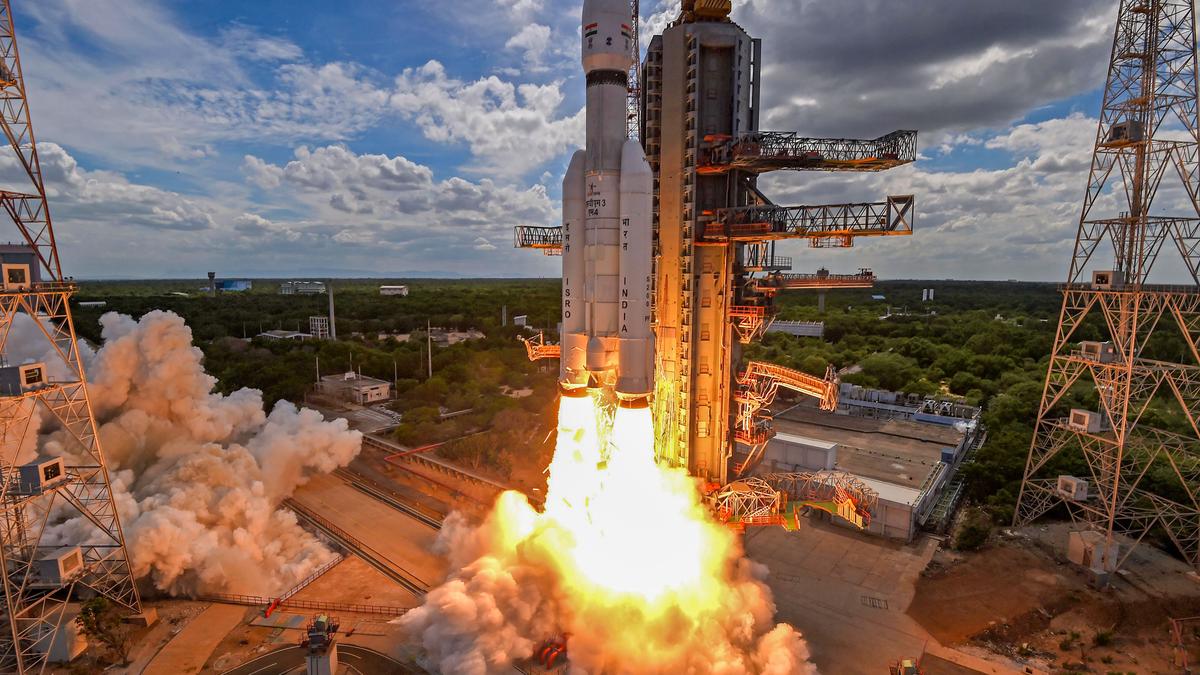
ISRO develops PraVaHa software for aerodynamic design and analysis
The Hindu
Understanding the airflow around aircraft, rocket bodies, or Crew Module (CM) during earth re-entry is essential to design the shape, structure, and Thermal Protection System (TPS) required for these bodies.
The Indian Space Research Organisation (ISRO) has developed Computational Fluid Dynamics (CFD) software named Parallel RANS Solver for Aerospace Vehicle Aero-thermo-dynamic Analysis (PraVaHa).
This software was developed in ISRO’s Vikram Sarabhai Space Centre (VSSC). It can simulate external and internal flows on launch vehicles, winged and non winged re-entry vehicles.
According to ISRO, initial aerodynamic design studies for launch vehicles demand evaluation of a large number of configurations. Any aerospace vehicle while moving through the Earth’s atmosphere during launch or re-entry is subjected to severe aerodynamic and aerothermal loads in terms of external pressure and heat flux.
Understanding the airflow around aircraft, rocket bodies, or Crew Module (CM) during earth re-entry is essential to design the shape, structure, and Thermal Protection System (TPS) required for these bodies.
The unsteady part of aerodynamics contributes to serious flow issues around such rocket bodies and creates significant acoustic noise during the mission. Computational Fluid Dynamics (CFD) is one such tool to predict the aerodynamic and aerothermal loads which solve numerically the equations of conservation of mass, momentum, and energy along with the equation of state.
PraVaHa has been used extensively in the Gaganyaan program for aerodynamic analysis of human-rated launch vehicles, viz, HLVM3, Crew Escape System (CES), and CM.
Currently, the PraVaHa code is operational to simulate airflow for Perfect Gas & Real Gas conditions. Validations of the code are underway for simulating the effect of chemical reactions that occur during air dissociation upon ‘earth re-entry’ and ‘combustion’ as in scramjet vehicles.











